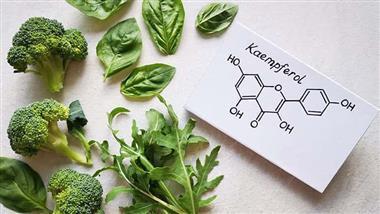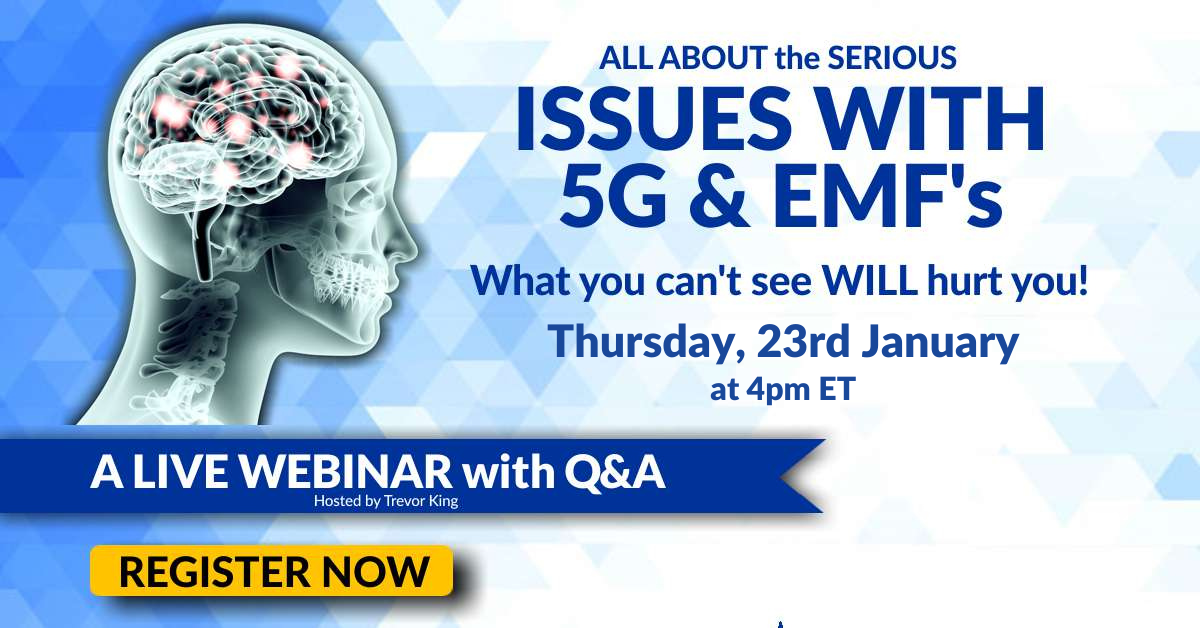
- Environmental allergies affect 20% of Americans, causing a total of 4 million lost workdays and $8 billion in annual economic losses. Kaempferol, found in leafy greens, shows promise in natural allergy relief
- The intestinal enzyme RALDH2, boosted by kaempferol, converts vitamin A-derived retinal to retinoic acid, which helps suppress allergic immune responses through regulatory T-cell development
- Following an elimination diet will help identify food allergies, but complete avoidance isn’t recommended as it leads to malnutrition
- Vitamin C (300 to 500 milligrams daily) demonstrates antihistamine properties, reducing plasma histamine levels by 40% over two weeks, with red peppers, citrus fruits and parsley being excellent natural sources
- Quercetin, particularly abundant in onion skins, apples and berries, shows significant antiallergy activity by modulating histamine release, with recommended doses of 500 to 1,000 milligrams taken twice to four times daily
…”The rapid decrease in body temperature and allergic diarrhea observed after… …administration were significantly suppressed in mice that were administered kaempferol.”
Kaempferol is abundant in leafy green veggies, such as broccoli, spinach and cabbage. According to a study published in Molecules, broccoli happens to have the highest concentration, while blueberries and onions are also good choices…
…
In the video above,19 Dr. Jin Sung explains the role of quercetin in helping relieve seasonal allergies. According to his findings, he believes that quercetin possesses the greatest antiallergy activity compared to other flavonoids. Specifically, it works by modulating the release of histamine from basophils and mast cells. This process was also documented in a study published in Biomedicine & Pharmacotherapy.
When it comes to dosing, Sung recommends taking 500 to 1,000 mg of quercetin, two to four times a day during allergy season to help manage the symptoms. Begin with the lowest dose first — 500 mg, twice a day — and gradually increase if necessary. The reason for this is because the half-life of quercetin is 3.5 to 7.5 hours, so it’s best taken in divided doses.
To help improve the results, I recommend taking other supplements to create synergistic effects. These include stinging nettle, butterbur extract, mangosteen extract, ginger, vitamin C and vitamin D.
Like vitamin C and kaempferol, quercetin is also found in many whole foods. These include citrus fruits, green leafy vegetables, broccoli, apples, onions, green tea, red grapes, dark cherries and berries, such as blueberries and cranberries. From these examples, the highest amounts are found in apples — especially the skins — as well as onions, broccoli, cherries, berries and green tea.
https://nexusnewsfeed.com/article/health-healing/kaempferol-a-potent-antiallergic-flavonoid/






